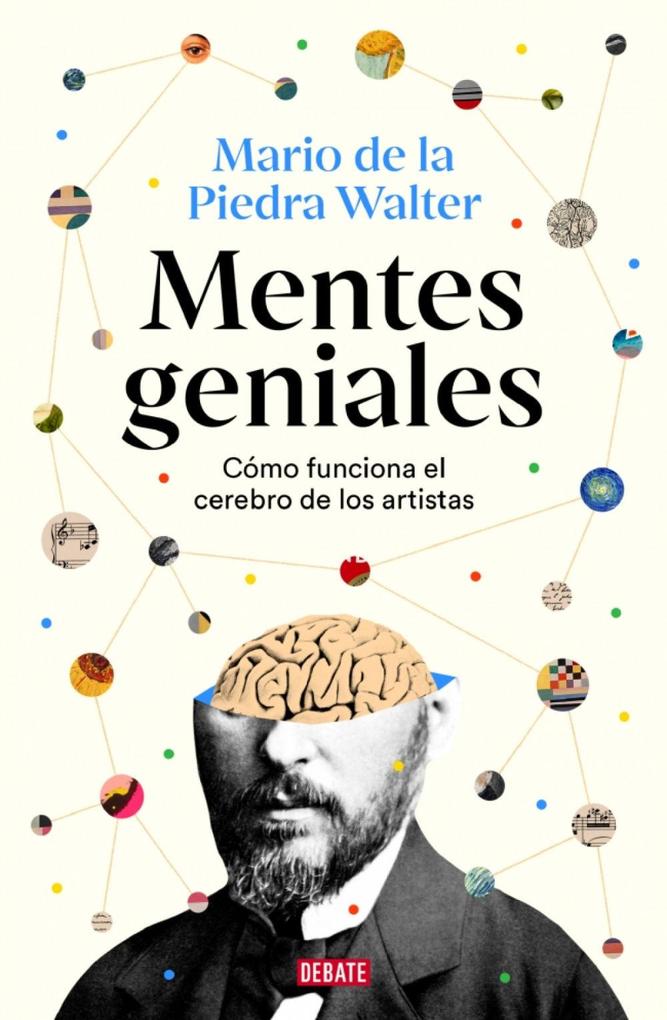
Zustellung: Mo, 01.09. - Do, 04.09.
Noch nicht erschienen
VersandkostenfreiBestellen & in Filiale abholen:
Puede explicar la neurociencia la genialidad de los grandes artistas? < p/> De Dostoyevski a Borges, de Kandinski y Van Gogh a Frida Kahlo, Andy Warhol o Leonora Carrington, las obras de grandes creadores a los que admiramos estuvieron marcadas por sus condiciones mentales. Con la intenció n de esclarecer cuá nto hay de cierto en esta afirmació n, el neuró logo y apasionado de las humanidades Mario de la Piedra Walter despliega en las pá ginas de este libro un exhaustivo catá logo de los trastornos que padecieron, los talentos de los que gozaron y las intervenciones a las que se sometieron algunos de nuestros artistas favoritos. < p/> Mentes geniales es una contribució n fundamental desde la neurociencia al debate sobre qué es el genio creativo, có mo funciona su mente (que es la nuestra) y qué relació n existe entre su obra y sus alteraciones neuroló gicas, que termina preguntá ndose si dicho genio será suplantado algú n dí a por las inteligencias artificiales. < p/> ENGLISH DESCRIPTION < p/> Can neuroscience explain artistic genius? < p/> From Dostoevsky and Borges; Kandinsky, Van Gogh and Frida Kahlo; to Andy Warhol and Leonora Carrington, the works of so many of the artists we admire are said to have been shaped by mental illness. To test the truth of this theory, neurologist and art aficionado Mario de la Piedra Walter analyzes different psychological disorders, the artists who suffered them, and the treatments many of them endured. < p/> Brilliant Minds is an important contribution from neuroscience to the debate about the nature of creative genius. It explores the workings of the human mind and the relationship between artistic works and certain neurological conditions, and ends by asking whether that genius may someday be replaced by artificial intelligence.
Produktdetails
Erscheinungsdatum
19. August 2025
Sprache
spanisch
Seitenanzahl
256
Autor/Autorin
Mario de la Piedra Walter
Verlag/Hersteller
Produktart
kartoniert
Gewicht
367 g
ISBN
9788410214606
Entdecken Sie mehr
Bewertungen
0 Bewertungen
Es wurden noch keine Bewertungen abgegeben. Schreiben Sie die erste Bewertung zu "Mentes Geniales. Cómo Funciona El Cerebro de Los Artistas / Brilliant Minds" und helfen Sie damit anderen bei der Kaufentscheidung.










